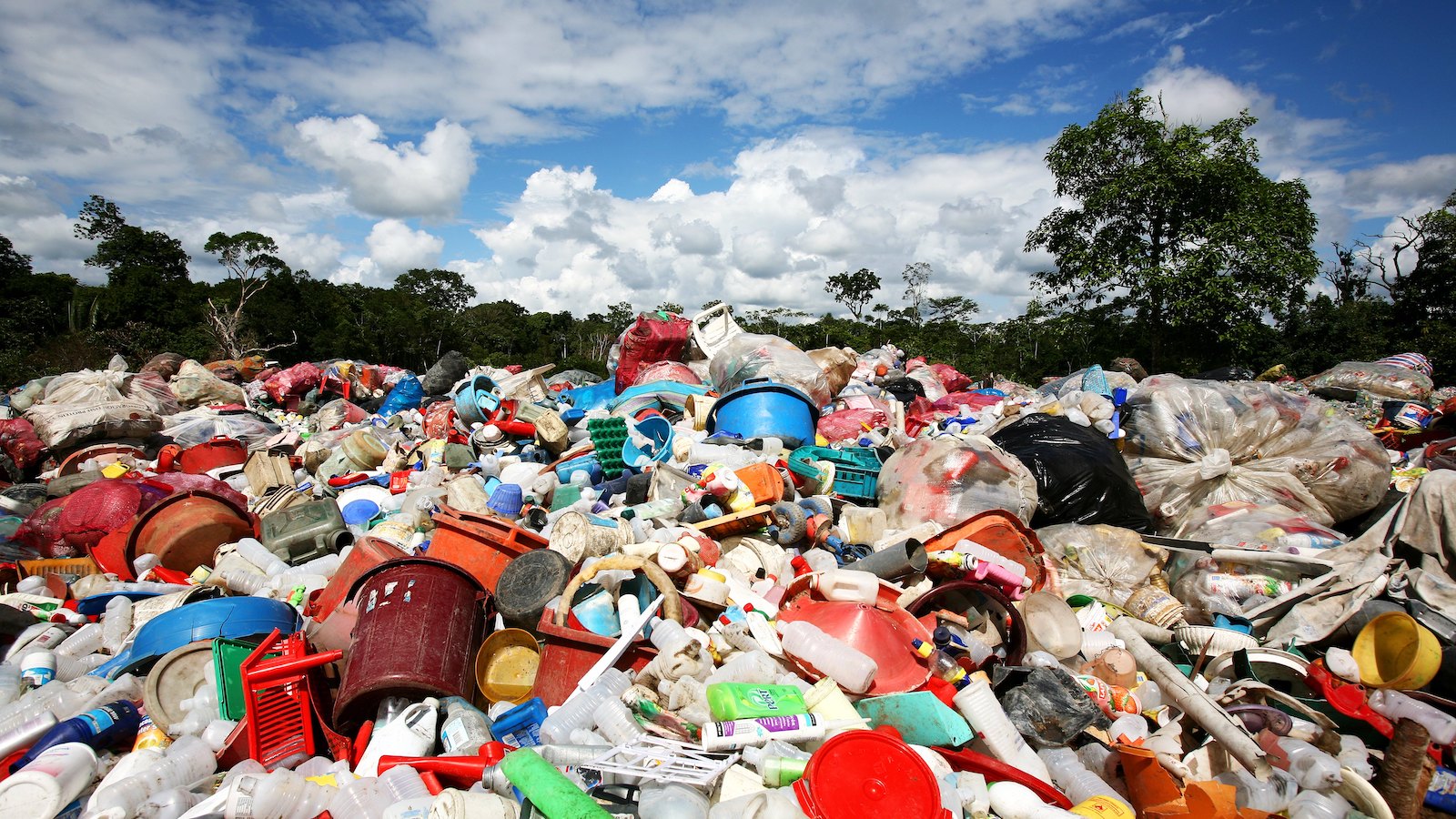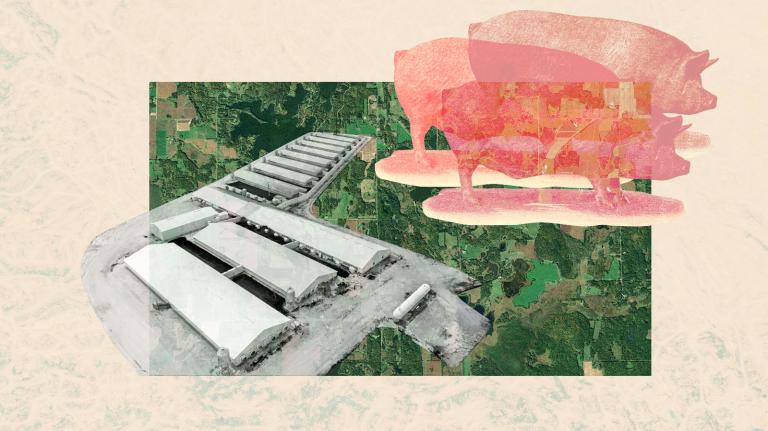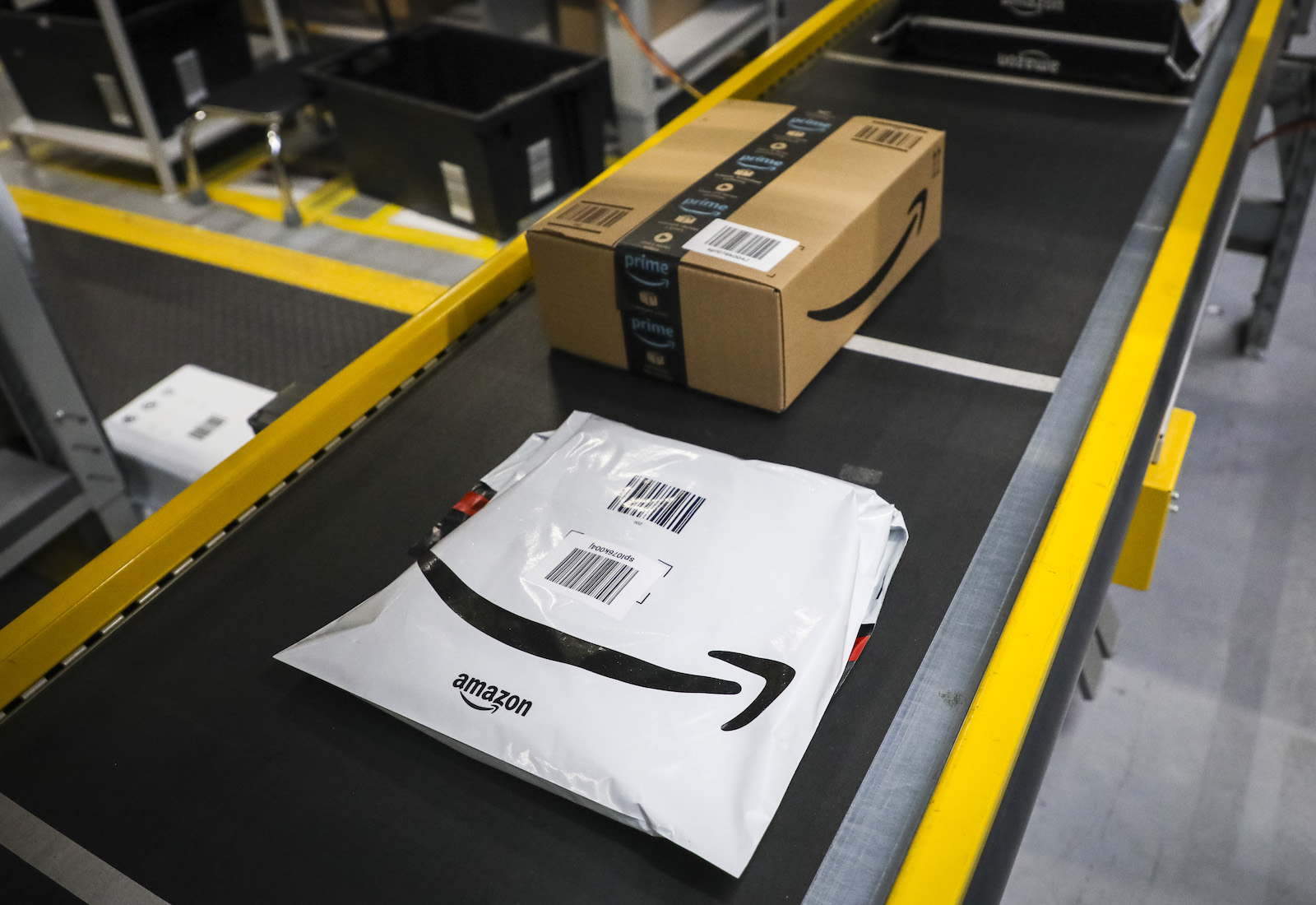Plastic packaging waste from the online retail giant Amazon ballooned to 709 million pounds globally in 2021 — equivalent to the weight of some 70,000 killer whales — according to a new report published Thursday by the nonprofit Oceana. That’s an 18 percent increase over Oceana’s estimate of Amazon’s plastic packaging for 2020, indicating a growing problem that environmental advocates — and even Amazon’s own shareholders — say the company is doing too little to address.
Amazon’s plastic packaging “is a problem for the world’s waterways and oceans, and it’s an issue they need to be prioritizing,” said Dana Miller, Oceana’s director of strategic initiatives and an author of the report. If all the company’s plastic from 2021 were converted into plastic air pillows — the inflated pouches inserted in some Amazon packages to reduce shifting during transit — and laid side by side, Miller said it would circle the globe more than 800 times.
As the largest retailer on the planet, Amazon goes through a lot of plastic. It ships 7.7 billion packages around the world each year, often using plastic air pillows, bags, and protective sleeves to cushion products during transit. Environmental advocates say these are some of the worst kinds of plastics: They can’t be recycled, and their light weight makes them prone to drifting into the oceans, where they kill more large marine mammals than any other kind of ocean debris. As the plastics break down, they not only leach harmful chemicals but can also bind with new ones in the environment, posing toxicity risks to the mussels, oysters, whales, and other animals that unintentionally ingest them.
This plastic “is not a friendly visitor to the oceans,” Miller said. Her organization estimated that 26 million pounds of Amazon’s plastic waste from 2021 will eventually end up in the world’s oceans, rivers, and other aquatic ecosystems.
Plastics also cause harm during the production phase, emitting greenhouse gases and posing environmental justice concerns. Petrochemical facilities that make plastics tend to be sited near disproportionately low-income communities and communities of color, exposing them to hazardous chemicals that are linked to cancer, respiratory disease, and neurological problems.
Historically, the tricky part about holding Amazon accountable for plastic pollution has been its secrecy around the issue. The company has repeatedly declined to disclose its plastic packaging use, even after investors owning nearly 50 percent of Amazon’s shares voted in favor of a shareholder resolution demanding it. Conrad MacKerron, senior vice president of the shareholder advocacy group that filed the resolution, As You Sow, said Amazon has ignored his organization since the vote last May. “It’s really appalling behavior from a company like this,” he told Grist.
It wasn’t until this week, two days before Oceana’s report came out, that Amazon offered its own estimate for its plastic packaging footprint. In a blog post, the company said it used about 214 million pounds of single-use plastic packaging to ship orders to customers in 2021 — less than one-third the amount Oceana calculated.
Matt Littlejohn, Oceana’s senior vice president for strategic initiatives, said this is because Amazon’s estimate only accounts for plastic packaging used for orders sent through Amazon-owned and operated fulfillment centers — which account for an undisclosed fraction of Amazon’s total sales. (Amazon told Grist its figures represent “the majority of plastics used” to ship orders to its customers, and that it provides third-party sellers “incentives” to reduce packaging.) Oceana’s estimate, by contrast, considers all sales facilitated by Amazon, including those fulfilled through third-party sellers.
Amazon’s reported figure “is not directly comparable to Oceana’s estimate,” Littlejohn said in a statement. To make its calculation, Oceana used publicly available data on the amount of plastic packaging waste from e-commerce in countries representing Amazon’s top nine markets and Amazon’s market share in those countries. Assuming that Amazon’s market share is correlated with its use of plastic packaging, Oceana multiplied the two numbers together, concluding that the retailer used about 709 million pounds of plastic packaging in 2021.

“Until Amazon is fully transparent on its company-wide use of plastic packaging,” Littlejohn continued in his statement, Oceana’s calculation “is the best available estimate of the company’s total plastic footprint.”
MacKerron, with As You Sow, echoed Oceana’s concerns and noted that Amazon’s blog post still does not address requests for the company to set quantitative plastic-reduction targets. Instead, it speaks in broad terms and highlights two initiatives where Amazon is replacing single-use plastics with paper alternatives, one of which was first announced three years ago.
Other solutions proffered by Amazon — like educating consumers about waste management and funding more plastic collection infrastructure — lean on plastics recycling, which experts say will never scale up to become a viable solution to the plastic pollution crisis. Virtually no U.S. curbside recycling programs accept the kind of plastic that goes into Amazon’s plastic packaging, meaning most of it must be dumped into landfills or incinerated. Amazon tries to get around this by encouraging customers to deposit packaging at “store drop-off” collection points for plastic film, which is ostensibly then picked up and recycled, but experts believe these programs are a “charade.” Not even 6 percent of Amazon users say they use them, and Oceana’s own investigation into 186 of the U.S. and U.K. drop-off locations that Amazon promotes on its website revealed that at least 41 percent don’t actually accept Amazon’s plastic packaging.
Environmental advocates say Amazon is capable of much more to reduce plastic waste, as evidenced by steps the company has already taken in other countries. In response to a plastic elimination policy in India, Amazon says it replaced all of its single-use plastics there. For orders originating from the EU, where the European Commission has proposed plastic reduction requirements for e-commerce, Amazon has said it no longer uses single-use plastic bags, pouches, or air cushions.
In the U.S., environmental advocates hope legislation enacted in California earlier this year could catalyze action from Amazon. The statewide Plastic Pollution Producer Responsibility Act will require companies operating in California to slash the amount of plastic they produce and sell by at least 25 percent between 2023 and 2032. Because California represents about 15 percent of the U.S. economy, Amazon is expected to follow the law nationwide rather than develop separate protocols for the Golden State.
Still, Oceana wants Amazon to preempt these policies and reduce plastics voluntarily. “It’s the right thing to do,” Miller said. Her organization is calling on Amazon to make a company-wide commitment to reduce its worldwide plastic packaging one-third below 2022 levels by 2030 — in addition to releasing public reports on its total plastic use.
According to MacKerron, these asks are “quite mild,” given the hundreds of other companies — including corporations that generate huge amounts of plastic waste, like Unilever and Mondelez — that have long disclosed their total plastic packaging use and have set targets to reduce it. (They may be failing to meet those targets, but their actions suggest Amazon could publish a quantitative target if it wanted to.) A new shareholder resolution filed by As You Sow on Tuesday says Amazon is “falling behind its peers.”
Oceana’s final demand is for Amazon to account for and reduce the climate impact and plastics footprint of all the products it sells on its website. An investigation published earlier this year revealed that Amazon’s pledge to achieve net-zero climate pollution by 2040 counts life cycle emissions only for products with an Amazon brand label, which account for just 1 percent of the company’s online sales. Miller said it’s imperative that Amazon correct this error and not replicate it in the plastic-reduction policy that Oceana is asking for.
“Amazon should take responsibility for the full climate impact of all products sold through its website and all packaging used to ship these sales,” Oceana says in its report.
This post has been updated to include additional comments from Amazon about its estimated plastic packaging use.




